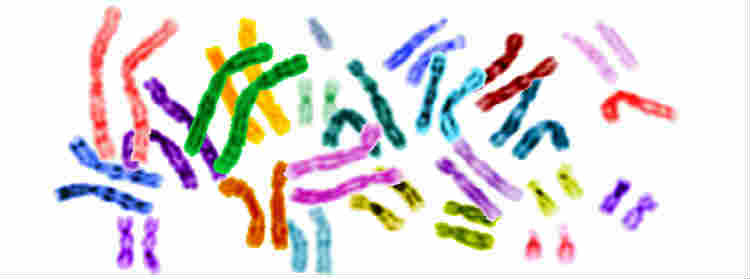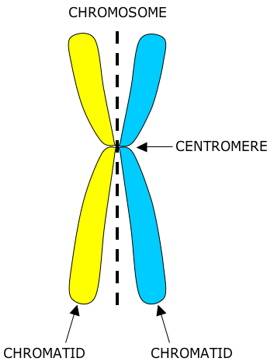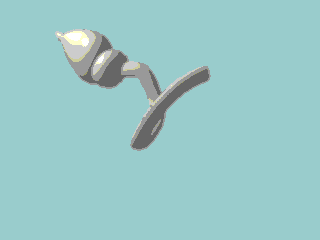Sister chromatids

|
|
EUGENE M. MCCARTHY, PHD GENETICS

Sister chromatids are the two identical halves of a single replicated eukaryotic chromosome.
They are joined at the centromere (see diagram at right) and are genetically identical because, during interphase, they are produced from the two complementary strands of a single duplex DNA molecule (more about replication >>).
What this means is that the two exactly matching strands of DNA, which make up the long, single double-stranded DNA chain, present in every chromosome, are split apart and an exact copy is made of each during the process of making two daughter double-stranded DNA chains that are exactly like the parent strand double-stranded DNA chains and, therefore, exactly like each other (with the exception of point mutations, which are extremely rare). Because the two resulting chromatids are derived from the same parent chromosome, they are called sisters.
After they've separated, the two former sister chromatids are called unreplicated chromosomes.

So any given locus on one chromatid always has the same allele as the one present at the same locus on that chromatid's sister (except after crossing-over during meiosis). In contrast, two homologous chromosomes usually do not have identical alleles at all loci. They are inherited from different parents and therefore are not derived from the same DNA molecule.
The two chromatids of each sister chromatid pair are segregated into separate cells in both mitosis and meiosis. But they remain together throughout the first division during meiosis (meiosis I). It is only during the second meiotic division (during anaphase II) that they finally separate.
Pronunciation: KRŌ-mə-tidz.
Sister Chromatids © Macroevolution.net |